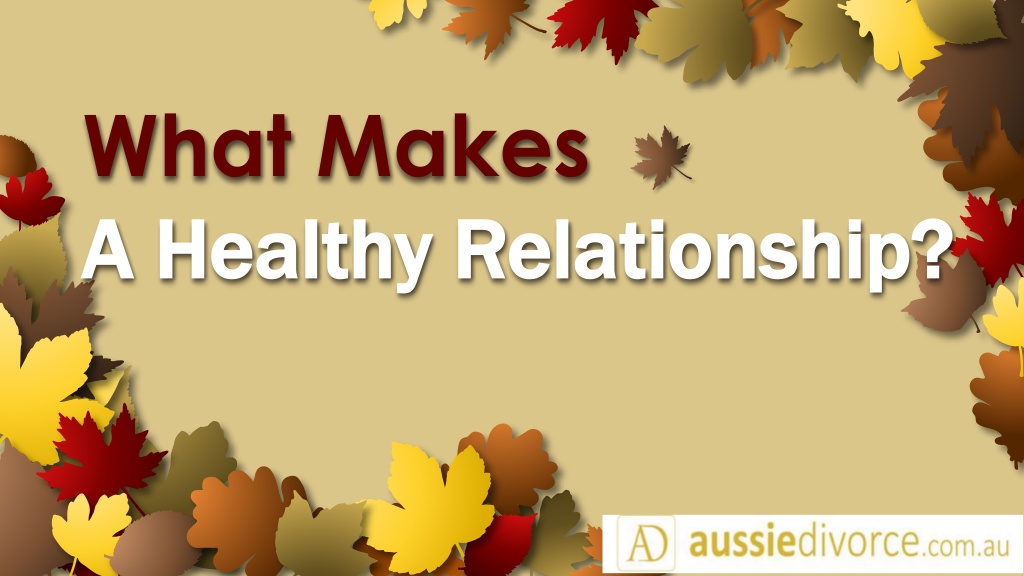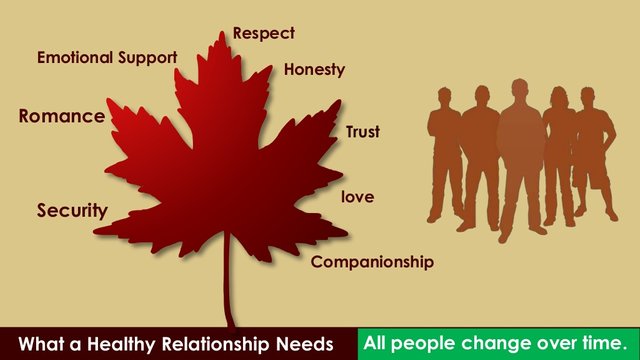The 12 Steps of a Good Community ( Give your's feedback your comment is highly appreciated )
The 12 Steps of a Good Community:


Following are the Steps of a Good Community.
1. Purpose:-


What Makes a Good Relationship:


Community exists because the members share a common purpose which can only be accomplished jointly.
A community of purpose is a community of people who are going through the same process or are trying to achieve a similar objective. Such communities serve a functional purpose, smoothing the path of the member for a limited period surrounding a given activity.
2. Identity:-


Members can identify each other and build relationships.
Although members can be anonymous, they cannot be unknown. It must be possible for other members and the facilitators of the community to identify someone as the source of a series of items or actions.
3. Reputation:-



Members build a reputation based on the expressed opinions of others.
Members must be able to tell how reliable or useful other members consider any member. Reputation allows them to act on advice with some expectation of its quality without the community website acting as reviewer or police. The desire for good reputation prevents or discourages bad behavior and encourages members to seek feedback from others that may build their reputation.
4. Governance:-


The facilitators and members of the community assign management duties to each other, allowing the community to grow.
Communities must be managed and governed. Members are involved in governing themselves and other members, and the formal facilitators take a reasonable role in managing the community, its standards and rules, and allocating responsibilities to defined members. Without some governance, few communities will grow or survive.
5. Communication:-


Members must be able to interact with each other.
Communities cannot exist without one or more mechanisms for member interaction. The best choice for communication tools depends on the purpose of the site and its members. For instance, a CFO site would thrive on shared spreadsheets, whereas a teen site would be better served by instant messaging.
6. Groups:-



Community members group themselves according to specific interests or tasks.
All communities contain groups that focus on some subset of the community's purpose or otherwise segment the membership of the community. These groups are typically dynamic (they form, split, merge, end, etc.) and normally have subgroups within them. The larger and more diverse a community, the more the groups within it will drive its behavior and actions.
7. Environment:-


A synergistic environment enables community members to achieve their purpose.
All online communities exist within the framework of an online environment. To be effective, they must be integrated with the rest of the website so that navigation, appearance, etc., are seamless between community and non-community areas.
8. Boundaries:-


The community knows why it exists and what or who is outside and inside.
Boundaries define who is a member and who is not and what members can do and what nonmembers can do. Without clear definition, there is no incentive to become a member and no ability to control access based on membership. Content generated by the community must also be clearly identified.
9. Trust:-


Building trust between members and with community facilitators increases group efficiency and enables conflict resolution.
Without trust, a community cannot function. Members must be able to tell how much they can trust other members and must trust those that run the community not to abuse or exploit it.
10. Exchange:-


The community recognizes forms of exchange values, such as knowledge, experience, support, barter or money.
Does the community exist to make money for its members? If so, how does it accomplish this? What role does the community play in facilitating commerce? Is it a revenue generator for the site? What monetary and non-monetary forms of reward exist in the community?
11. Expression:-


The community itself has a "soul" or "personality"; members are aware of what other community members are doing.
How does the community reveal the activity and preferences of a member or a set of members?
History:-


The community must keep track of past events and must react and change in response to it.
Communities should remember what has gone before -- and be able to forget things, too. What the community knows about a member must have some statute of limitations, but should be available to a member so that they don't have to repeat themselves. Those running the community should be able to learn from the past and apply this learning to the future.
THANKS FOR READINGS
Author MASHOOQ UR REHMAN @mashooq
This post has received a 0.15 % upvote from @drotto thanks to: @banjo.